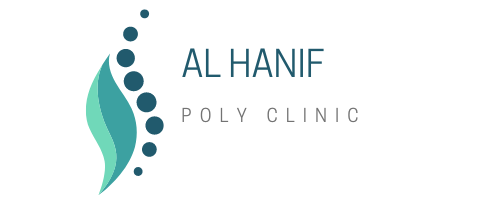
Paralysis and stroke are two common medical conditions that can have a significant impact on a person’s life. Paralysis occurs when there is a loss of muscle function and sensation in a part of the body, while a stroke is a medical emergency that happens when the blood supply to the brain is interrupted.
Causes of Paralysis and Stroke
Paralysis can be caused by a variety of factors, including spinal cord injuries, brain injuries, and nerve damage. Some common causes of paralysis include:
- Traumatic injuries, such as car accidents or falls
- Medical conditions, such as multiple sclerosis or cerebral palsy
- Infections, such as polio or botulism
- Exposure to toxins, such as lead or mercury
A stroke, on the other hand, is caused by a disruption of blood flow to the brain. This can happen due to a blood clot or a ruptured blood vessel in the brain. Risk factors for stroke include high blood pressure, smoking, diabetes, and a family history of stroke.
Symptoms of Paralysis and Stroke
The symptoms of paralysis depend on the location and severity of the paralysis. Some common symptoms include:
- Loss of muscle function and sensation in a part of the body
- Difficulty moving the affected limb or body part
- Inability to control bowel or bladder function
- Muscle spasms or tremors
The symptoms of a stroke can vary depending on the location of the brain affected. Some common symptoms include:
- Sudden weakness or numbness on one side of the body
- Difficulty speaking or understanding speech
- Vision problems, such as double vision or loss of vision in one eye
- Severe headache and dizziness
Treatment in Physiotherapy
Physiotherapy can be an important part of the treatment plan for both paralysis and stroke. Physiotherapy can help improve mobility and range of motion, reduce pain and muscle spasms, and prevent muscle atrophy.
For paralysis, physiotherapy may involve exercises to improve strength and range of motion, as well as techniques to help compensate for the loss of function. This may include using assistive devices, such as braces or wheelchairs, or learning new ways to perform everyday tasks.
For stroke patients, physiotherapy may involve exercises to improve strength, balance, and coordination. This can help patients regain function and improve their quality of life. Other techniques, such as electrical stimulation and massage, may also be used to help improve muscle function and reduce pain.
Al Hanif Physiotherapy and Hijama Centre
If you or a loved one is experiencing paralysis or has suffered a stroke, seeking the help of a trained physiotherapist can make a significant difference in the recovery process. At Al Hanif Physiotherapy and Hijama Centre, we provide comprehensive physiotherapy services to help patients regain their function and improve their quality of life.
Our team of experienced physiotherapists uses a variety of techniques to help patients recover from paralysis or stroke, including exercises, electrical stimulation, massage, and more. We work closely with each patient to develop a personalized treatment plan that addresses their unique needs and goals.
If you or someone you know is in need of physiotherapy services for paralysis or stroke, please don’t hesitate to contact us at Al Hanif Physiotherapy and Hijama Centre. We are dedicated to helping our patients achieve their full potential and regain their independence.

I don’t think the title of your article matches the content lol. Just kidding, mainly because I had some doubts after reading the article.
Can you be more specific about the content of your article? After reading it, I still have some doubts. Hope you can help me.
Your article helped me a lot, is there any more related content? Thanks!